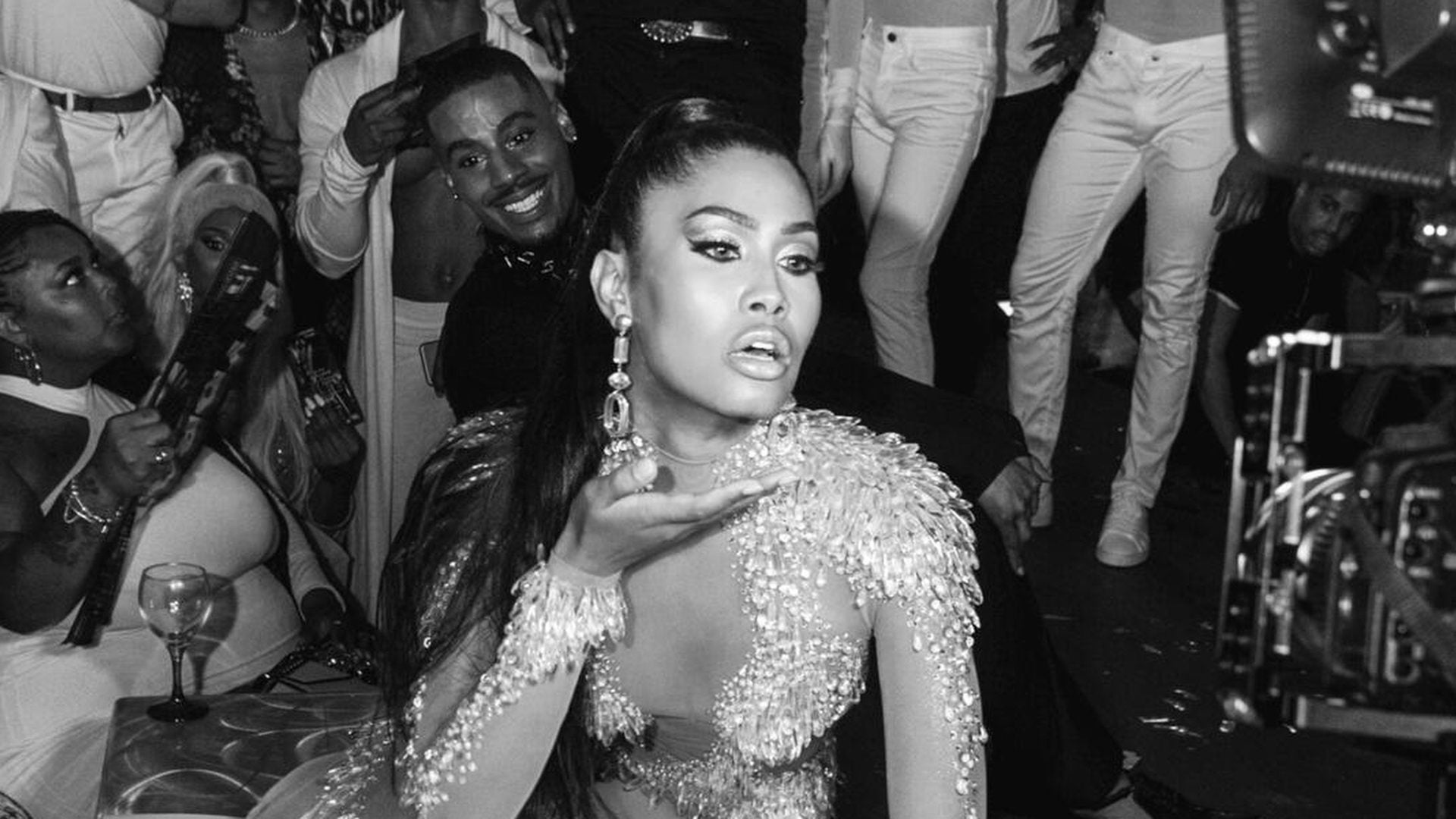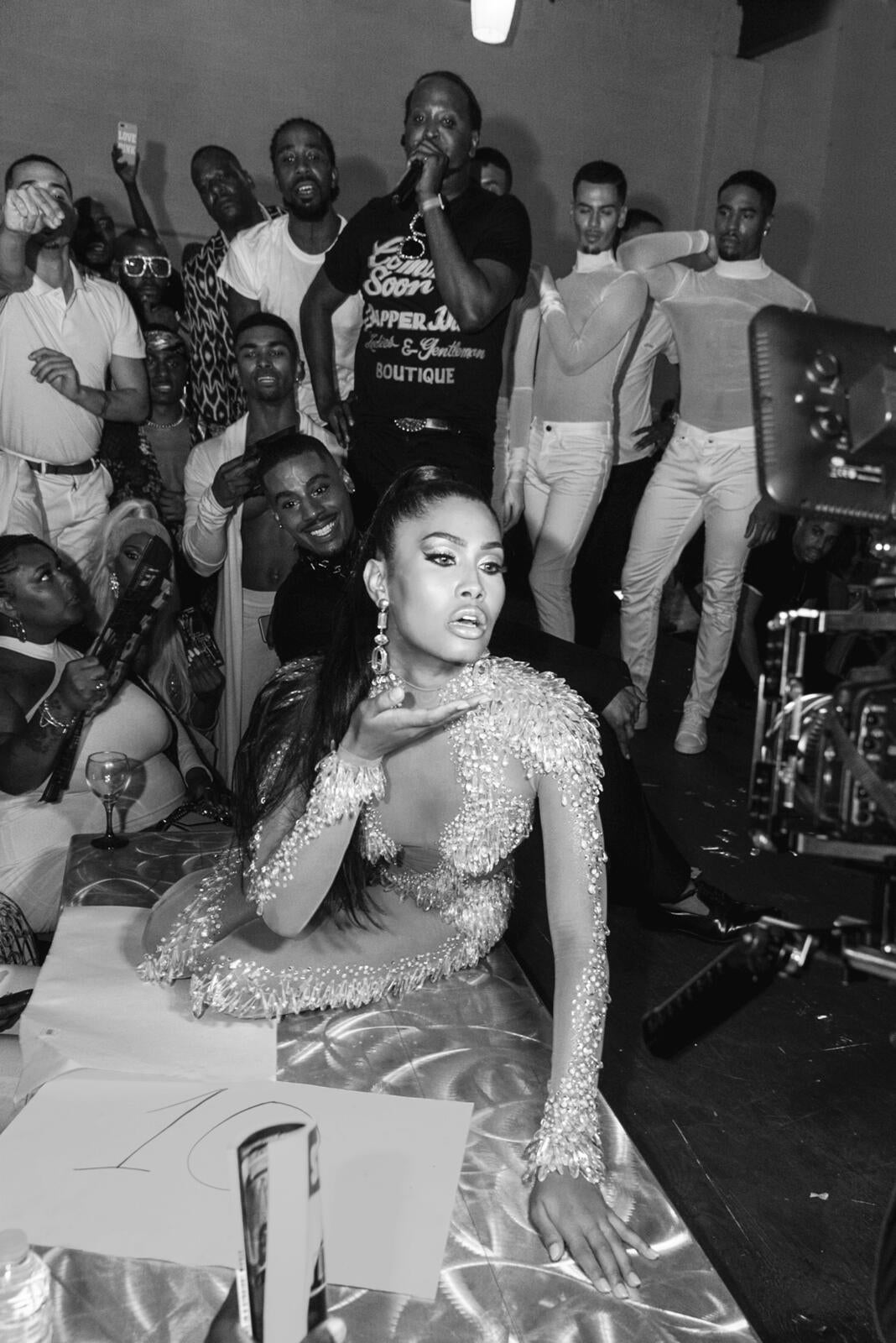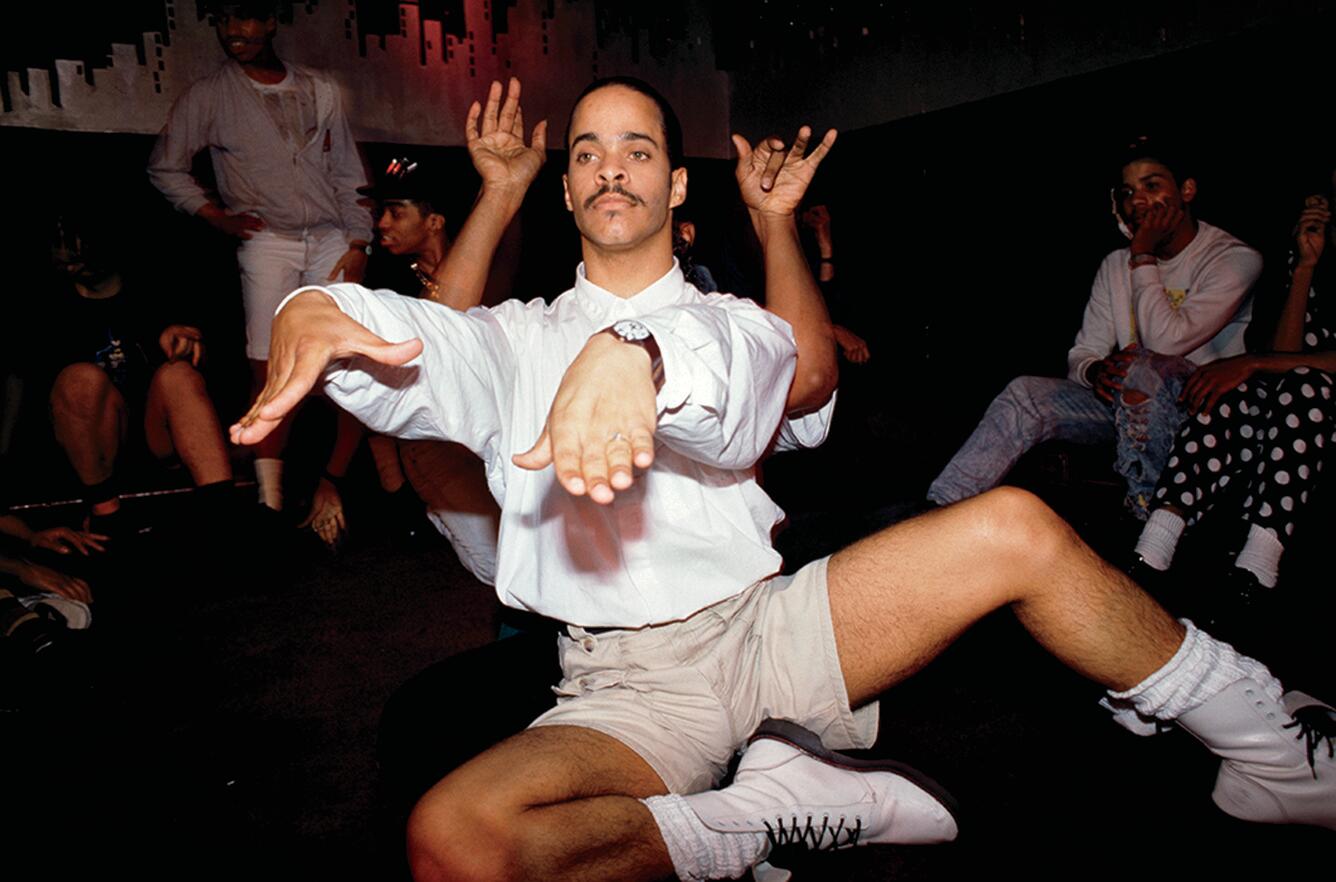
Since the late 1800s, the Ballroom scene has provided a safe space for the LGBTQIA+ community to express itself freely through performance, commentary and fashion. Now, following a number of celebrity endorsements, mainstream media views Ballroom culture as a wave to jump on. However, for members of the scene, it’s so much more: Ballroom offered them a space to find family. And from the beginning, walking a ball meant the possibility of self–self-actualization. In a world that told them all the things they couldn’t do, they had found a place where they could be whoever they wanted to be—and possibly score a trophy. Winning categories (and sometimes cash) meant respect for yourself and for your house. The competition was so notable that in the early days, it caught the eye of the American poet Langston Hughes—who described balls as the “strangest and gaudiest of all Harlem spectacles in the 1920s.”
Some of Ballroom’s most iconic houses, created in the 1970s, were named after renowned fashion brands, like Saint Laurent, Balenciaga, Miyake-Mugler and Chanel, underscoring a longstanding connection between fashion and Ballroom. Shannon Balenciaga, mother of the House of Balenciaga, has had a passion for the industry since childhood. “Fashion was so ingrained in me, and I wanted it,” she says. “It truly has influenced everything—and in Ballroom, I have been able to marry the two together to make my brand.”

A star of Legendary, season two, Balenciaga operates her own fashion brand and has walked Ballroom’s fashion -categories—but she is interested in seeing the relationship go both ways. “My dream is actually to start having fashion houses embrace Ballroom houses,” she says. That dream is slowly becoming reality. In 2021, designer Marc Jacobs announced that his eponymous brand would accompany a Ballroom house. “Welcome to the house of Marc Jacobs,” he wrote on Instagram. And this summer, members of that house starred in a fragrance campaign for the brand.
“Years ago, our access was limited, so we had to create our own way,” says Dashaun Wesley, father of the House of Basquiat. In 2020, he appeared in a Lanvin campaign featuring members of Ballroom’s House of Xclusive Lanvin. “It’s beautiful that these brands are now starting to open eyes and show focus to us.”
In the past few years, we’ve seen Ballroom at the forefront, with shows like Legendary and Pose, and with cultural moments like performances at the 2019 Met Gala and the 2022 BET Awards. Major figures in fashion are seeing not only the community’s influence and impact but its talent. Designer Riccardo Tisci praised the House of Tisci after seeing them compete on Legendary. “It shows the community what we can do when we come together—how creative we can get, and how we can bring a new sense of creativity to help with something else,” says Wesley.
The influx of support has made the dreams held by Ballroom’s younger generation more attainable. Brooklyn Juicy Miyake-Mugler is not only a member of Ballroom’s House of Miyake-Mugler but a member of the kiki scene’s House of Juicy Couture, which won Legendary season three. The kiki scene is a community within Ballroom that’s typically focused on the youngest members.
Though the Gen Zer has been known for voguing since she was younger, Miyake-Mugler always dreamed of walking in a Moschino show. And while she hasn’t achieved that yet, she’s not far off—living out her modeling fantasy by going to balls dressed in head-to-toe designer labels.
As the Ballroom scene becomes more prominent in fashion and media, it’s up to those like Miyake-Mugler in the next generation to preserve the community’s communal roots—instead of letting the public forget them in favor of the high-energy dance form of voguing. While we all celebrate pop-culture moments like Beyoncé and Madonna giving Ballroom legends their flowers, it’s important to remember that this is more than a sport.

Kevin JZ Prodigy has been able to spotlight his own talent while also helping others through Ballroom. More recently, he’s been performing with Beyoncé on her Renaissance World Tour.
“My craft brought me to Madonna and Beyoncé and so many others, and I’m just so grateful,” Prodigy says from the perspective of someone who has seen Ballroom’s influence grow in real-time. “They want to learn, do it right and create something special, like they always do.” And while there’s acclaim and cultural cachet in those moments, Prodigy’s voice alone provides a moment for people to self-actualize.
Nevaeh Autumn’s TikTok videos, showcasing herself and her friends voguing (often to Prodigy’s sounds), have become a viral phenomenon—bringing light to the Ballroom community’s impact on the youth. “I feel like the Ballroom community shows that you can wear whatever you want—and whatever you wear, you can make it luxurious,” Autumn says.
As the teen reflects on the state of Ballroom culture and the effect her tribe has had on the next generation, she understands it’s essential to pay homage to those who have laid the groundwork. No matter where Ballroom turns up—runway shows, worldwide tours, red carpets—we recognize the tastemakers who created the scene, whose influence we are feeling to this day.
Guest Editor: Mikelle Street





